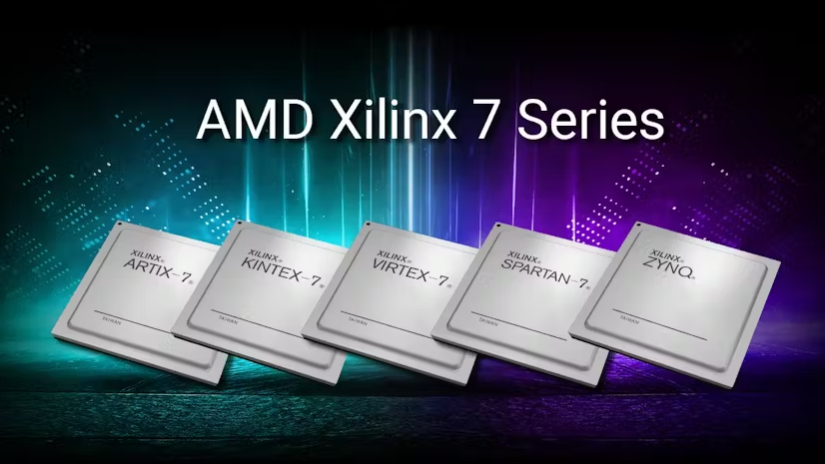Time: 2025-02-11 11:16:28View:
Xilinx, now part of AMD, is well-known for its FPGA (Field-Programmable Gate Array) devices and offers a comprehensive suite of IP cores to simplify the development process. Let me break it down for you:

An IP core (Intellectual Property core) is a pre-designed, pre-verified block of logic or functionality that can be integrated into FPGA designs. Think of it like a LEGO block: instead of building everything from scratch, you can use ready-made modules for common tasks.
Basic Building Blocks:
Communication Interfaces:
DSP (Digital Signal Processing) Cores:
Memory Interface Generators (MIG):
Processor IP Cores:
Video and Imaging IP:
Security IP Cores:
Xilinx Vivado Design Suite:
IP Integrator:
Parameter Configuration:
Synthesis and Simulation:
Let’s say you’re designing a high-speed data acquisition system using a Kintex FPGA: